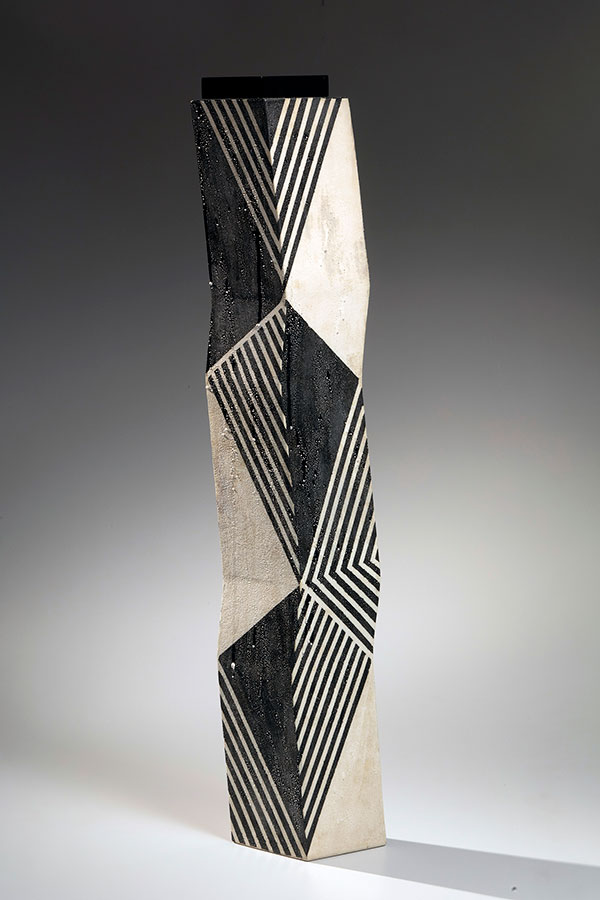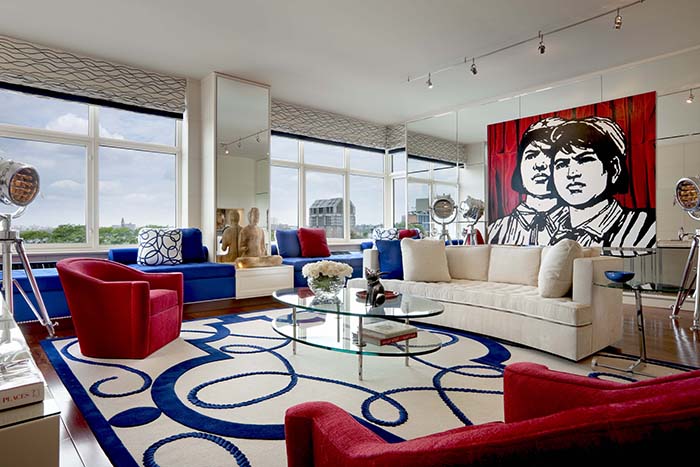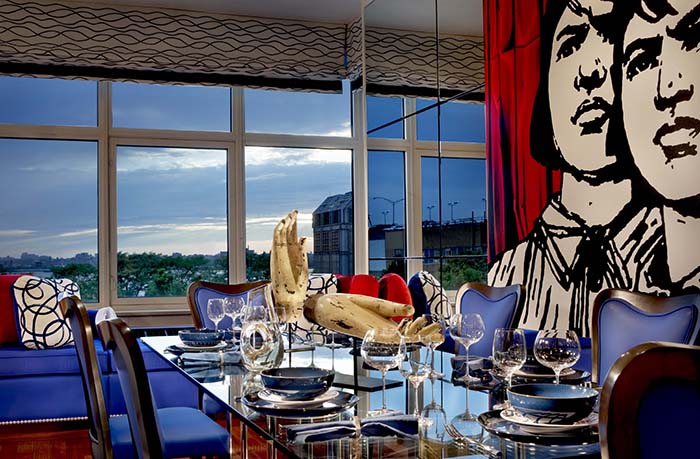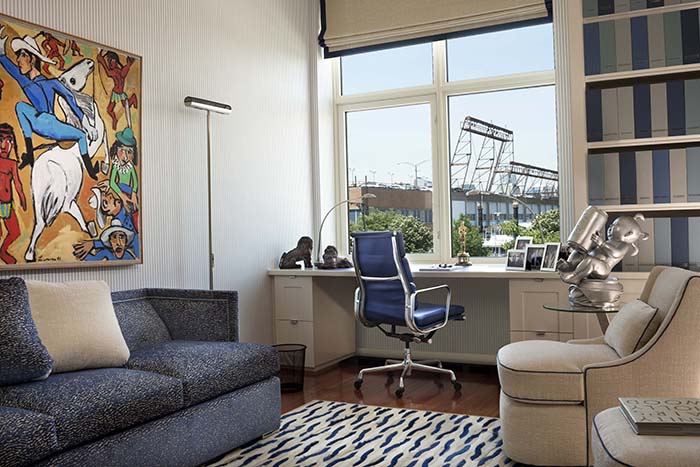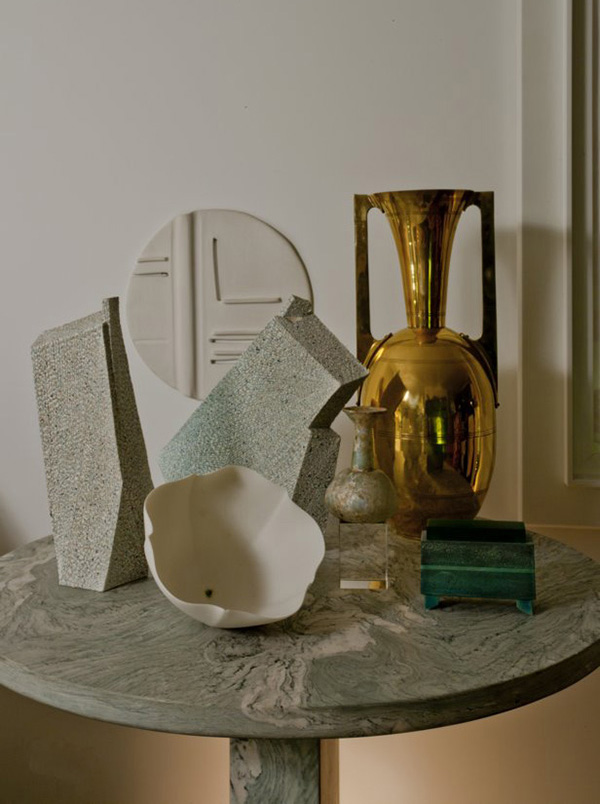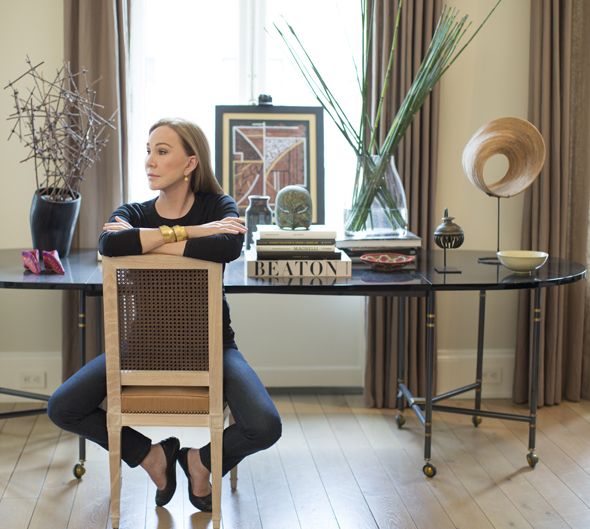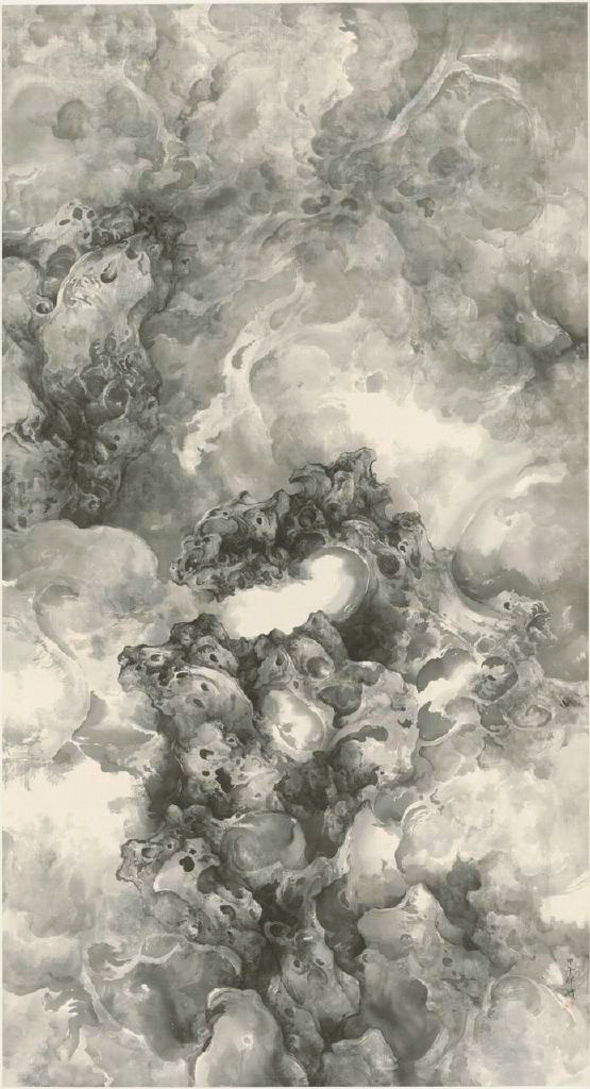Photo by Richard Corman
Born in New Zealand, established in New York, and a natural globetrotter at heart, Sandra Nunnerley’s inimitable style is often described as “art de vivre” bringing together the past and the present, to create “classic interiors with a twist,” reflecting the designer’s own love of travel, art, and exploration. Nunnerley’s work is grounded in a sophisticated understanding of architecture and periods, and special attention to the role of art. She studied architecture at the University of Sydney, art history in Paris, and worked for the Marlborough gallery in New York. Each year she makes a point of going somewhere new and has hiked Machu Pichu in Peru and floated down the Sepik River in New Guinea. “These are voyages of discovery and although you never know what exactly you’re going to take home—a piece of art or an appreciation of a new place—they’re crucial experiences to have for inspiration,“ Nunnerley explains.
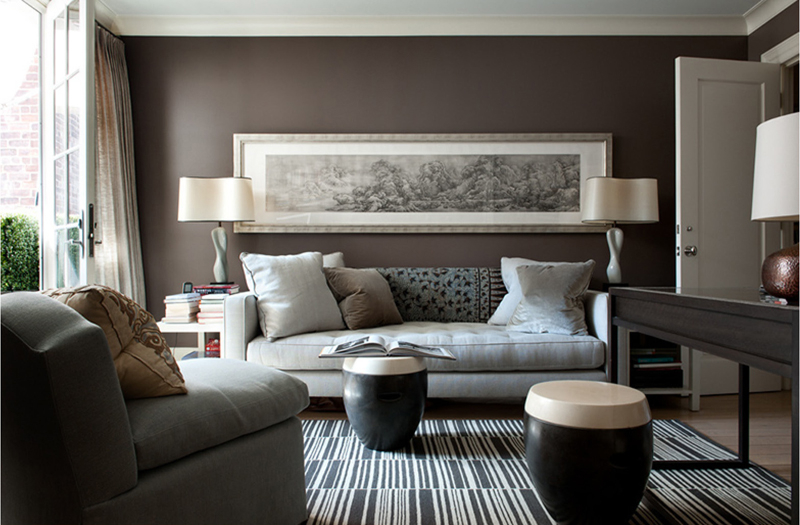
Sandra’s Study, photographed by Emily Andrews. Art: Tai Xiangzhou, ‘Beautiful Sharpe Peaks’; 89”L x 16”H
We asked her: What do you collect as an interior designer, and how do you combine Asian works of art into your interiors?
“I love to introduce my clients to collecting, starting them on their own journey of exploration, whether it’s painting, photography or sculpture,” says Nunnerley. “My latest passion is collecting Chinese contemporary ink paintings. This began when Pierre Durand and the late Khalil Rizk, world-renowned owners of Chinese Porcelain, first introduced me to the work of Beijing-born Liu Dan. At the time Liu Dan was living and working in New York City, creating works of art in brush, ink, and watercolor. Immediately I fell in love with his spiritual landscapes of nature, pushing the boundaries of classic Chinese tradition with western art. As a collector of contemporary and primitive art, I knew that Liu Dan’s Cloud Root III belonged in my own home, alongside the other treasures I have collected, including an early 20th century carved wooden Senufo bird from the Ivory Coast, and a pair of Maori clubs, known as a mere, a one-handed weapon from New Zealand.”
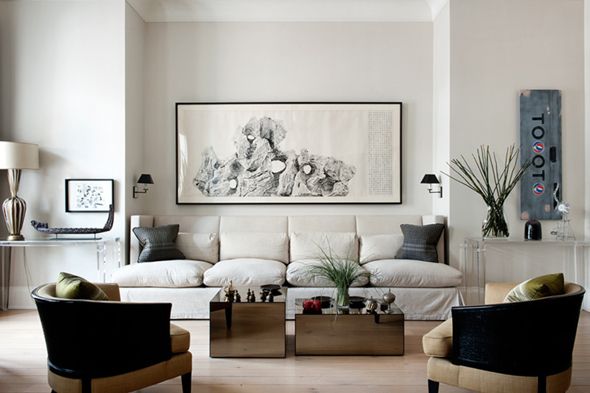
Sandra’s Living Room, photographed by Emily Andrews. Art: Liu Dan, ‘Cloud Root III’ (2004); 109”L x 52.5”H
“Through the years, I have continued to stay in touch with Liu Dan and to collect his Chinese contemporary ink paintings. He is considered to be one of the most gifted and sophisticated Chinese artists today. His unique ability to blend Western drawing with Chinese brushstroke techniques is captivating. Trained in Chinese classical style and having studied the Confucian classics, poetry and calligraphy, Liu Dan creates these contemporary Chinese monochromatic ink paintings, which so effortlessly bring together the East and the West, classic with modern.”
“Tai Xiangzhou studied under the master ink painter Liu Dan himself. Xiangzhou’s vibrant and expressive style also approaches landscape painting with a fresh eye, creating a purely modern style of art that is also being widely collected today by both private collectors and museums. I purchased Beautiful Sharp Peaks in 2001 from The Chinese Porcelain Company. It sits above my sofa today, reminding me of the artist's long romance with classical Chinese landscapes and his poetic vision of mountains, lakes, and rivers. Last year I added to my collection a Tai Xiangzhou ink painting from the 2015 “Celestial Tales” exhibit at Paul Kasmin Gallery.”
Tai Xiangzhou, Untitled, 2014. Signed: 2014 Xiangzhou; seal: Xiangzhou. Ink on silk. 86 3/4 x 50 1/4 inches (mounted size).
Not all of Nunnerley’s clients come to her with an art collection in place, but she enjoys sharing her passion for collecting and encourages her clients around the globe—from Hong Kong to London to Paris—to display their art throughout the home. “There’s nothing better than starting a client on a lifetime of collecting, “ she explains. Nunnerley has a fairly freestyle approach to displaying art collections. She is happy to place art in the kitchen or bathroom (‘It doesn’t all have to go in the living room’) and to juxtapose different styles and periods, like the Georges Jacob Louis XVI chair and works by contemporary sculptor Joel Shapiro in a Park Avenue apartment, or a 19th-century Bugatti chair with a mid-century Murano lamp, art by Kim MacConnel and a Maori canoe in her own home.


